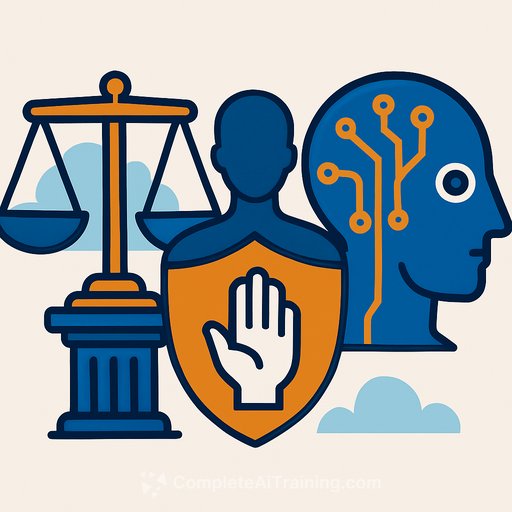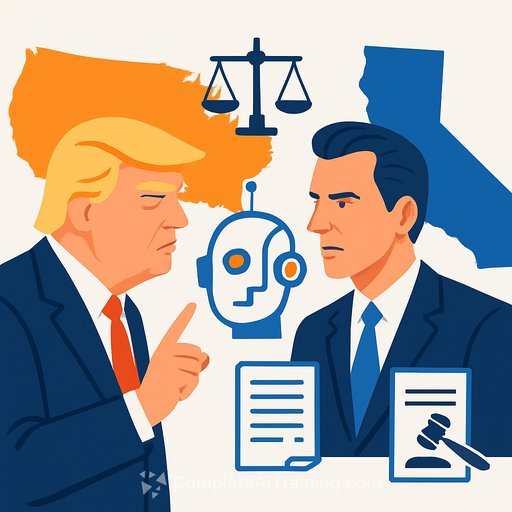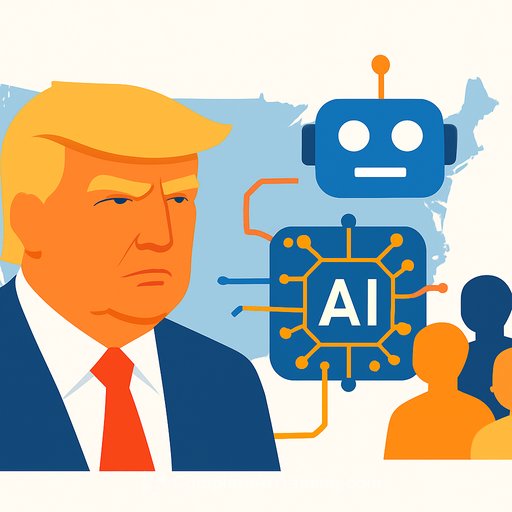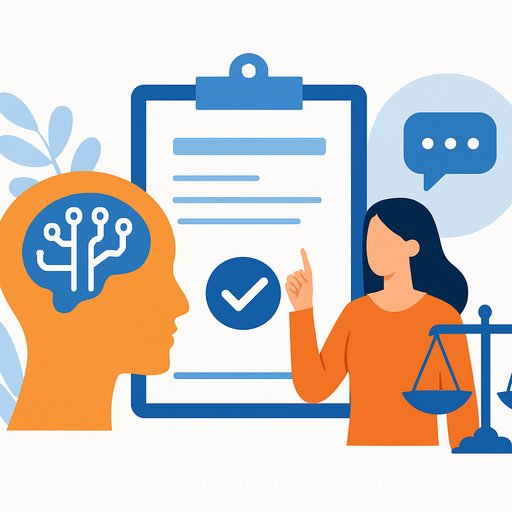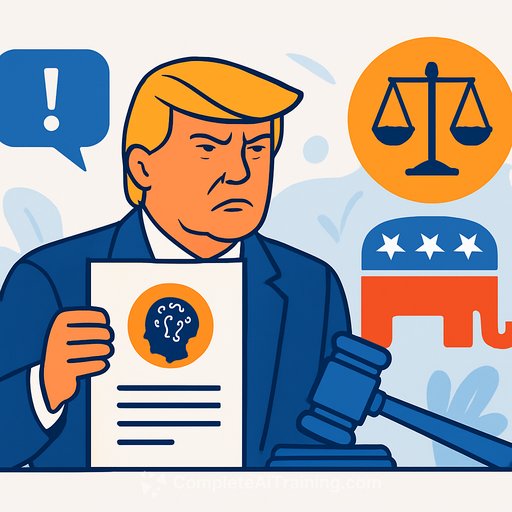The Integration of AI in Legal and Public Administration
Artificial intelligence (AI) is reshaping legal and public administration with a mix of opportunities and challenges. It offers the potential for greater efficiency, consistency, and fairness in decision-making processes. However, it also raises critical ethical and governance questions that touch on human rights and the rule of law.
As AI-powered tools increasingly influence judicial rulings, social services, and law enforcement, establishing legal safeguards to ensure algorithmic fairness has become a global priority.
The Intersection of AI, Human Rights, and Democracy
AI’s impact extends across human rights, democracy, and the rule of law—pillars that uphold modern societies. The Council of Europe is developing a human rights, democracy, and rule of law impact assessment (HRDRA) specifically for AI systems to address these connections.
AI applications can affect individual freedoms like privacy, freedom of expression, and non-discrimination, while also influencing democratic governance structures. The European Convention on Human Rights (ECHR) categorizes these impacts into four groups:
- Respect for human value
- Individual freedoms
- Equality and non-discrimination
- Social and economic rights
Beyond individual rights, AI also affects democracy and the rule of law by challenging accountability, fairness, and citizen participation mechanisms.
AI’s Role in Judicial Decision-Making: Promise and Peril
AI offers valuable support to judges through document review, case prediction, and legal research—speeding up case handling and minimizing human error. But the judge’s autonomy and responsibility must remain absolute.
The EU’s AI Act sets strict rules for “high-risk” AI systems in justice, emphasizing that judges retain the final interpretive authority. As the regulation states, “the autonomy of the judge, who is solely responsible for the interpretation of the applicable law and the evaluation of the peculiarity of the case in question, cannot be limited.”
Similarly, Pakistan’s Supreme Court noted that AI can assist the judiciary but must never replace the judge’s interpretive role. Pattern recognition can aid legal analysis, but law itself cannot be reduced to algorithms.
These principles address concerns about relying too heavily on AI and “black box” algorithms that lack transparency and accountability.
Algorithmic Bias and the Challenges of Fair AI
One of the greatest threats to fairness is bias embedded in AI systems. These tools learn from historical data, which often reflects existing discrimination. This can lead to unfair outcomes for marginalized groups.
Since AI processes can be opaque, understanding and correcting bias is difficult but essential to protect equality rights. Experts emphasize, “algorithms are only as fair as the data they learn from.”
Addressing bias requires continuous auditing, transparency, and accountability. Regulations like the EU AI Act enforce these measures. When properly designed, AI’s consistency can reduce human errors and improve fairness in legal decisions.
The Rule of Law: Safeguarding Accountability in AI Governance
The rule of law demands that AI respects due process, equality before the law, and human dignity. This means decisions must be explainable, subject to human oversight, and open to challenge and redress.
The Council of Europe’s AI treaty articles highlight the need for states to prevent AI from undermining democratic institutions or limiting fair public participation. Legal frameworks must ensure transparency and accountability to maintain public trust.
HRDRA frameworks call for balancing competing rights—such as privacy versus freedom of expression—and ensuring AI is applied proportionally depending on context.
Enhancing Legal Systems with Ethical AI
Despite risks, AI can improve justice systems by streamlining research, reducing administrative burdens, and helping judges manage extensive legal information.
Ethical AI design must focus on human-centered principles:
- Transparency: Litigants and legal professionals need clarity on AI’s role in decisions.
- Accountability: Clear responsibility must be established for AI outcomes.
- Fairness: AI models require regular audits to prevent discrimination.
- Human oversight: Judges and officials should maintain control over AI recommendations.
When these principles are embedded, AI tools support rather than replace human judgment, enhancing legal decision-making.
Toward a Rights-Based AI Governance Culture
The future of AI in justice lies in a governance culture that integrates human rights, democracy, and the rule of law.
The Council of Europe proposes combining HRDRA with compliance mechanisms to ensure accountability throughout AI’s lifecycle. Developers must anticipate and mitigate harms early, following “no-harm” and proportionality principles.
This approach requires mandatory impact assessments before AI deployment and continuous evaluation during its use. These measures protect citizens’ rights and uphold democratic governance.
Balancing Innovation with Justice in Algorithmic Systems
AI is changing legal and governance systems, raising important questions about human rights and the rule of law. The challenge is to leverage AI’s benefits while safeguarding fundamental democratic values.
As noted by Pakistan’s Supreme Court, “Justice must remain a human enterprise aided, not replaced, by AI.” Preserving human authority in legal interpretation protects fairness, ensuring AI supports but does not override judicial discretion.
Emerging legal standards—such as the EU AI Act and Council of Europe treaties—stress transparency, bias mitigation, and human oversight as foundations of algorithmic justice.
This alignment of AI governance with human rights strengthens democratic rule of law, ensuring AI advances fair, accountable, and inclusive justice.
Your membership also unlocks:

